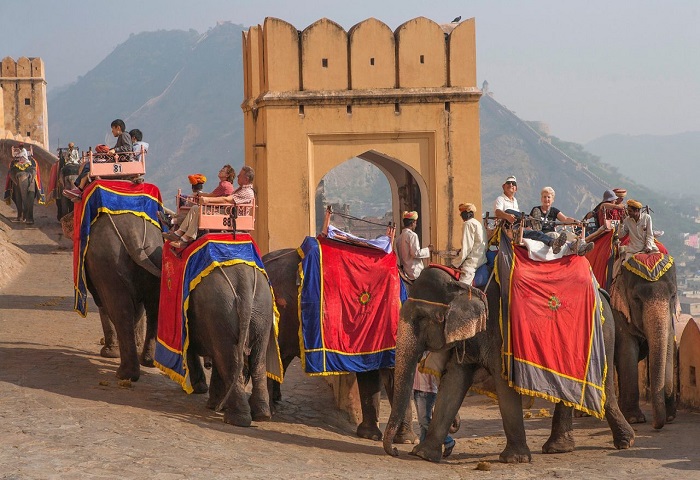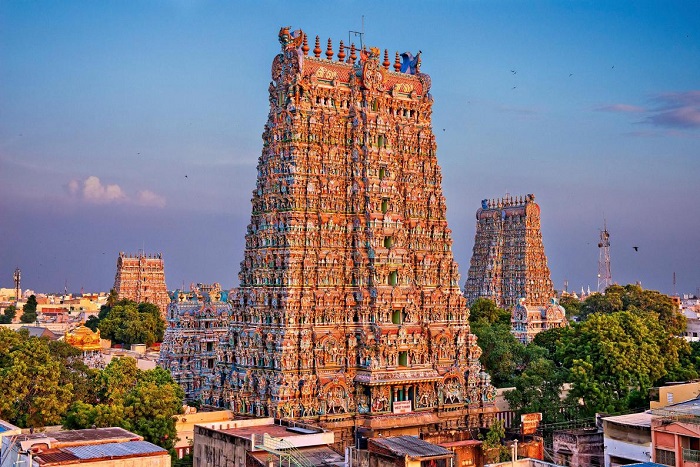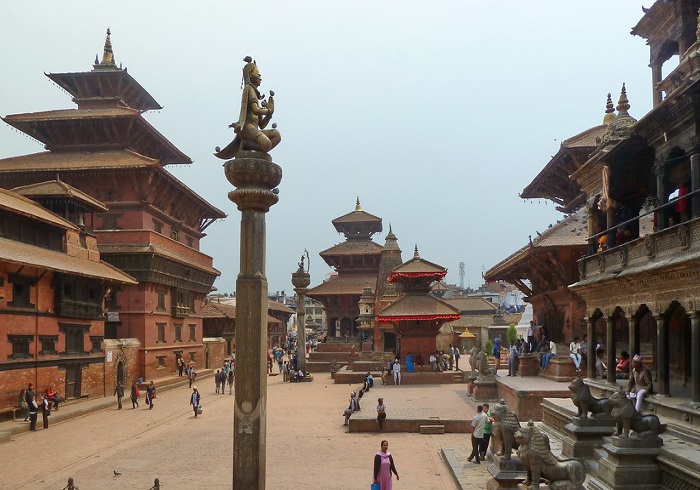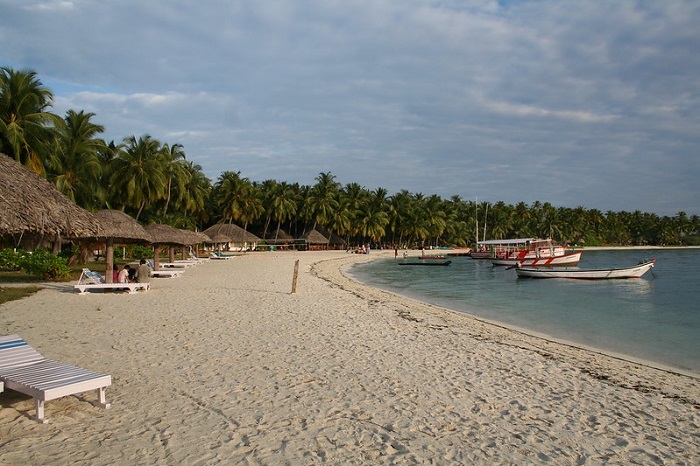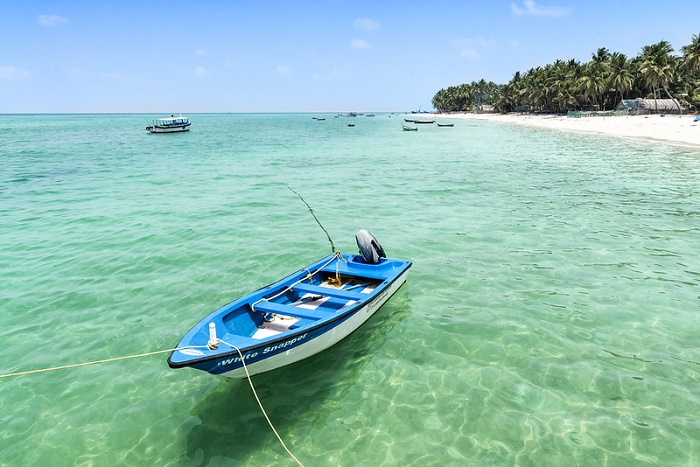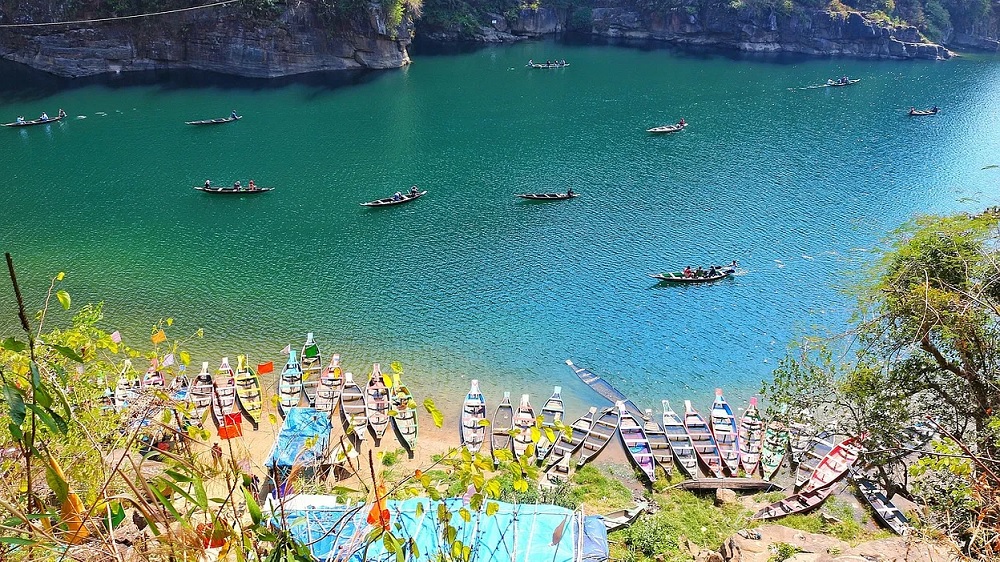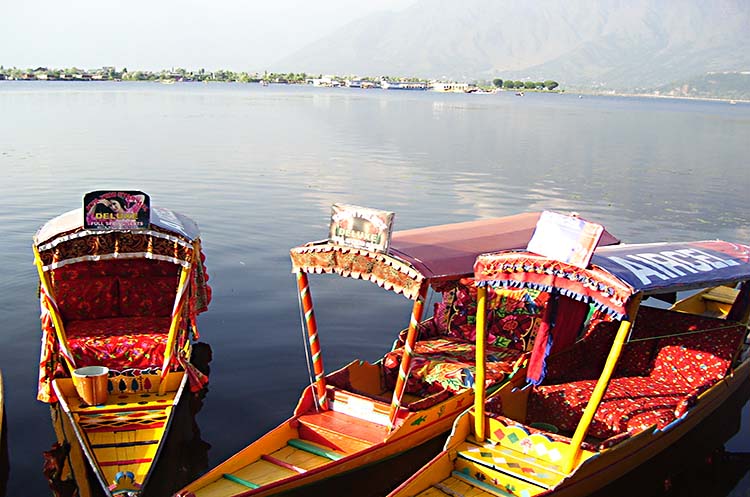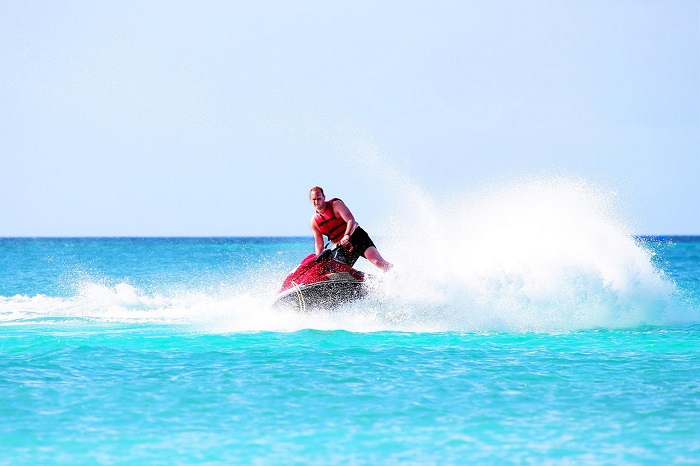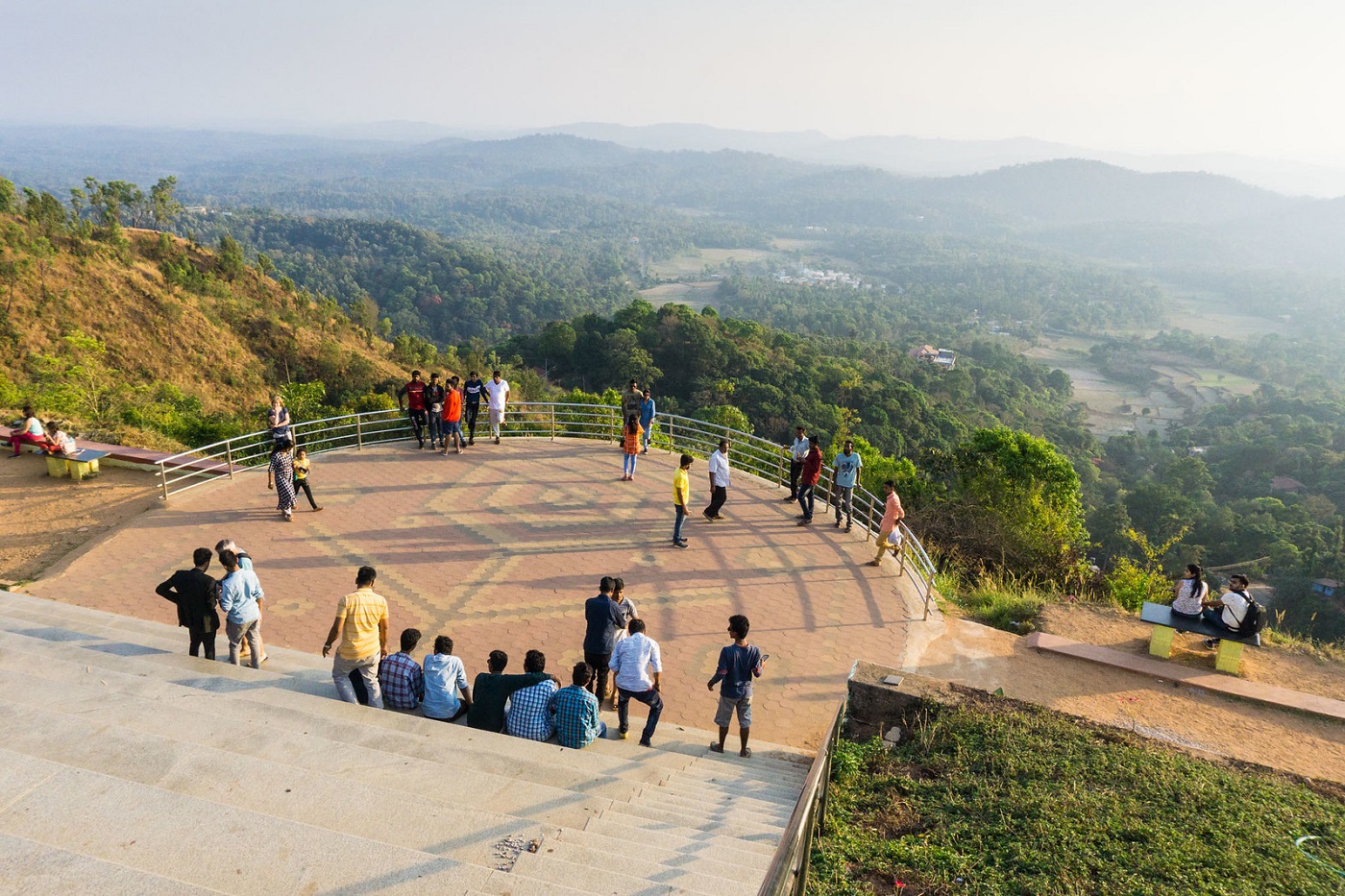What To Wear In India - Essential Packing List
As a traveler, the clothes you will pack for a trip should be your best ally in the face of intense or unexpected experiences you can have in an exotic place, and that is exactly what it is all about when we choose distant lands as a travel destination, most likely we will find ourselves with a reality totally different from ours.
So, you should take into account what kind of clothes you should bring and what you simply should leave at home, since it is not enough knowing that is a tropical place to be suitable and above all comfortable. For this reason, the best decision is to take some time to read this India packing list. The first thing you need to take into account about choosing what clothes you should pack to travel to India is:
- Weather
- Place
- Culture
Describing the general idea about ??a clothing list for visiting the places of India would be a difficult task to achieve, owing to its extensive territory, which is diversified among its places, climate and customs. Understanding these facts, we have designed a summary according to these aspects details.
1. Weather and Places
Indian climate of each city varies according to weather and distance between them. In this sense, a key for determining your packing clothing list is a previous knowledge about which weather will exist during the trip dates. Indian climate can be classified into three seasons, such as:
- Summer or Pre-monsoon Season (lasting from April/May to late of June) - May usually is the hottest month for northern regions of India whereas April is the hottest month reaching temperatures average around 45°C in western and southern regions. Big cities with urban increase are usually the places with the most suffocating temperatures in contrast the mountainous areas of northern India. There is usually a dry climate with a moderate heat temperature thanks to the near location with Himalayas (cold zone). Also Read : 35 Best Places to Visit in Summer in India
- Monsoon or Rainy Season (lasting from July to November) - This season begins after the summer, starting in the country’s southwest which gradually sweeps across the country through heavy rainfall followed by storm clouds. This rainy period is characterized by developing a lot of humidity and heat. The most affected is southern zone because it is nearby to the coast where rains can flood the cities. Frequently, the state of Tamil Nadu which touches the extreme southern tip of Indian peninsula can extend the monsoon period until December. Also Read : Top Ten Places to Visit During Monsoons in India
- Winter (occurring from beginning of December to end of February) - This period presents a very cold temperature by northern where the snow dominates it, especially in territories which are closer to Himalayas as is the case of Dharamshala or Leh. On the other hand, in the northern plains (Rajasthan) is dominated by a tropical arid and semi-arid climate, although it is usually a dry and very cold weather. In the rest of the territory keeps much warmer than corresponding temperate regions. In fact it is the highest tourist season.

With this classification, you can identify clearly under what climate class you will be according to your travel date. In this way you are able to choose correctly what kind of clothing is suitable for the travel season. But these facts solves only half doubts. Because context, it means, certain places and traditions can demand some clothing conditions, mainly in women’s case (mostly occidental ones), who usually catch most Indians eyes (women, men or children).
Also Read : Planning A Trip to India – Ten Step Guide Explained2. Culture
This territory was established by a monarchy quite a few rich and ancient where currently is the epicenter of four of the most influential religions in the world as they are: Hinduism, Buddhism, Jainism and Sikhism which play a central and definitive role in the life of this nation and most people presenting in their philosophy, current affair, speak and clothing. Although, most Indian major cities are more tolerant of Western clothing such as shorts, mini-skirts or shirts with bare shoulders. It would be great you should adapt some clothes to Indian context as a sign of respect for their culture.

3. About Temples
In all temples (although some temples do not demand it to you directly) it is advisable to cover your shoulders and head with a Dupatta or any clothes (in the case of the woman) and to walk barefoot in temples (both for men and women). However, it is important to follow the etiquette requirements for entering temples as those of Sikhs and Tamil Nadu, for example- To enter Sikh temples it is necessary to have your legs fully covered, also shoulders and head. But in the case of Tamil Nadu temples, it is imperative to wear traditional clothing such as: Dhoti with traditional top or formal trousers and shirt (for men) and Saree, half Saree or Churidar with top (for women).
Also Read :- India’s Top 5 Hindu Temples
- Top Places for a Temples Experience in South India
- Top 10 Temples in Rajasthan you Must Visit
Once read all these facts, bellow we present the following packing clothing list option. So it besides being very useful, you will look very adequate when you get there.
Clothes you Must Pack for India
For Any of Seasons or Places
- Pashmina or scarf (you can buy it there but better be sure to bring one)
- Long loose pajamas
- Cotton underwear
- Socks
- Sandals or shoes easy to doff (to go to the temples)
- Rubber or hiking shoes (for rural areas)
- T-shirts or light sweaters (not necklines nor transparencies)
- Baggy and long pants made of cotton or linen
For Northern Zone in Cold Season
If you are heading to the mountainous areas of northern India, it is advisable to pack:
- Thermal shirt
- Long-sleeved shirts in cotton or a material that retains heat
- Polar fleece
- Warm sweater
- Jacket
- Winter boots
- Hat or balaclava to warm head and ears
- Leg warmer
For Northern Plains, Central and Southern Zone
If you are going to the sand and camels territory, stay in the capital or you will make a tour of all India in summer or even monsoon time it is advisable to pack:
- Loose shirts (or sweatshirts) short sleeves or ¾
- Baggy pants or ¾
- Baggy churidar (Cotton or linen )
- Raincoats (for rainy weather)
- Waterproof boots (for rainy weather)
For Coastal Areas
If you are heading to south for enjoying beaches, it is convenient to take :
- Dresses or skirts (preferably long)
- Swimsuit (one piece preferably)
- Pareos beach
- Shorts
- Sleeveless
- Flip-flops
- Towels
- Hats or caps
Other Essentials to Pack
- Sunglasses
- Scarf or hat ( something to protect the head of the sun )
- Sheet or fabric to cover ( as a precaution )
- Mosquito net ( as a precaution )
- A handkerchief or small towel (as a precaution)
What to Buy in India
Although you are already super equipped for traveling, India will always surprise you. The traditional Indian dresses are part of this magnificent magical place. For this reason, if you want to be into the whole experience of this wonderful destination and also capture spectacular photos dressed as a maharani or a maharaja, we suggest you buy:
- Saree - There is a great diversity for being practically an Indian cultural symbol. There are Sarees made of cotton, chiffon or linen with hand embroidery on the tips and glassware, as well as spectacular Sarees made on looms.
- Pashmina - Soft with hand-printed prints by wood blocks stamps.
- Dupatta - It is a kind of veil which can also put it on the neck as if it were a scarf.
- Jewelry - Beautiful costumes of large stones with vibrant colors. The Indian jewelry is characterized by very striking designs, as a symbol of abundance and wealth.
- Dhoti - It is a long rectangular garment made of cotton that men commonly wear, it worms around the waist and to join it passes between the legs, forming a wide and fresh pants, which is very consistent with the warm climate of the area.
- Kurta - It is a kind of ethnic long tunic of cotton that is usually combined with the Dhoti. This dress can be found in two styles; Angrakha, which is tied in a cross style and jodhpuri, which is the kurta simple style, it is distinguished by its embroidery and patterns. Currently, Kurta is usually worn by both women and men.
- Salwar kameez - It is a baggy pants (wide) that is tight to ankles, this pants is used mostly in the north mountainous areas. It is commonly worn by both men or women too.
- 15 Best Things to Buy in Varanasi
- Famous Handicrafts to Purchase in Taj Mahal, Agra
- The Best Places to Purchase Handicrafts in India
Taking into account all these suggestions, you will be ready to pack the right and essential in your suitcase or traveling backpack. Remember that each place is a completely different world and the interesting thing about traveling to each one of them is all they can teach you from a different perspective than your own reality.
Also Read :- What Do I Need To Travel To India?
- 15 Essential Tips to Know Before You Travel To India
- Top Things That First-Time Indian Visitors Should Know
- 22 Interesting Things To Do In India Before You Die
- How to Get India Tourist Visa – A Complete Guide
- Is India Safe for Solo Female Travellers?


